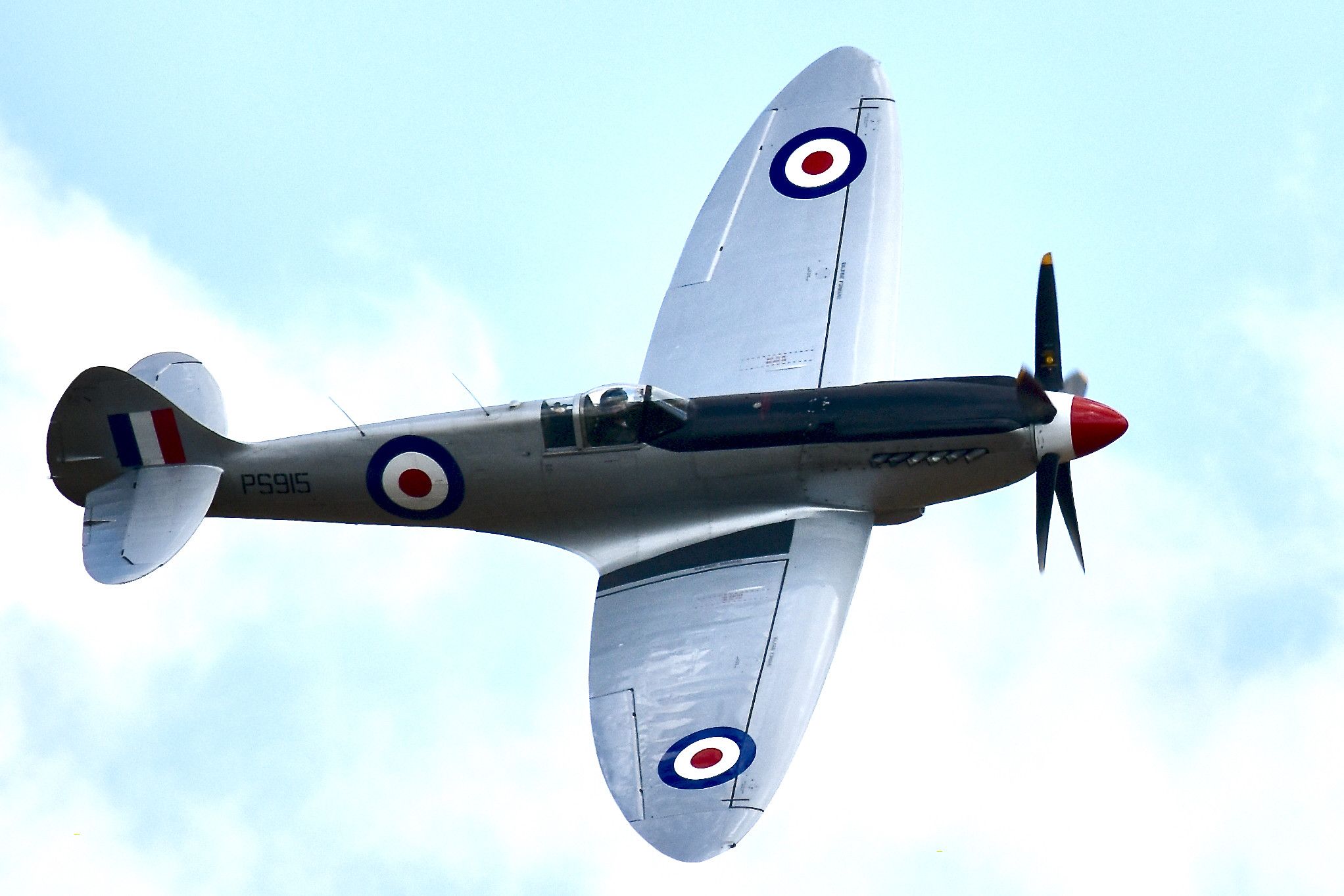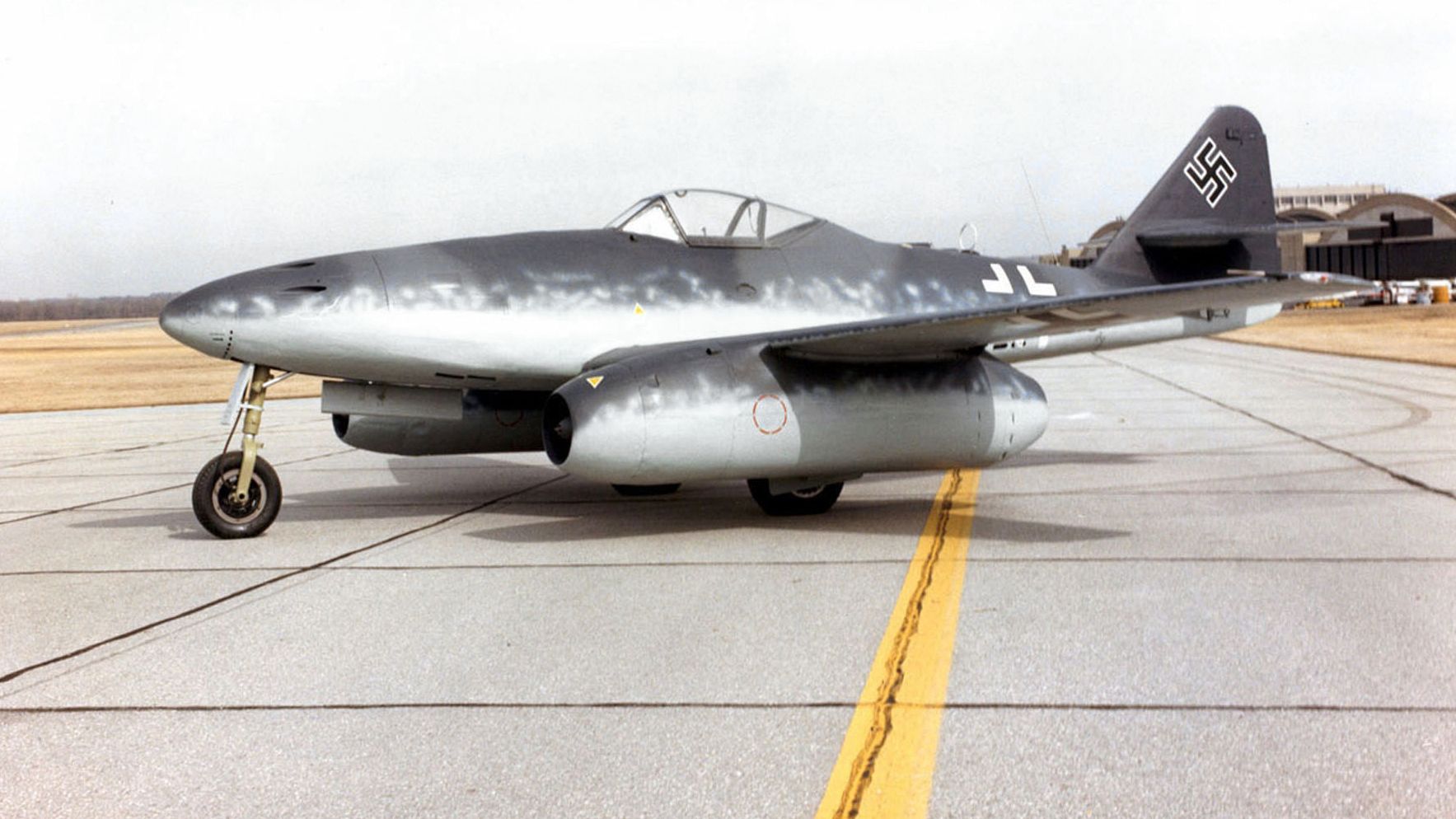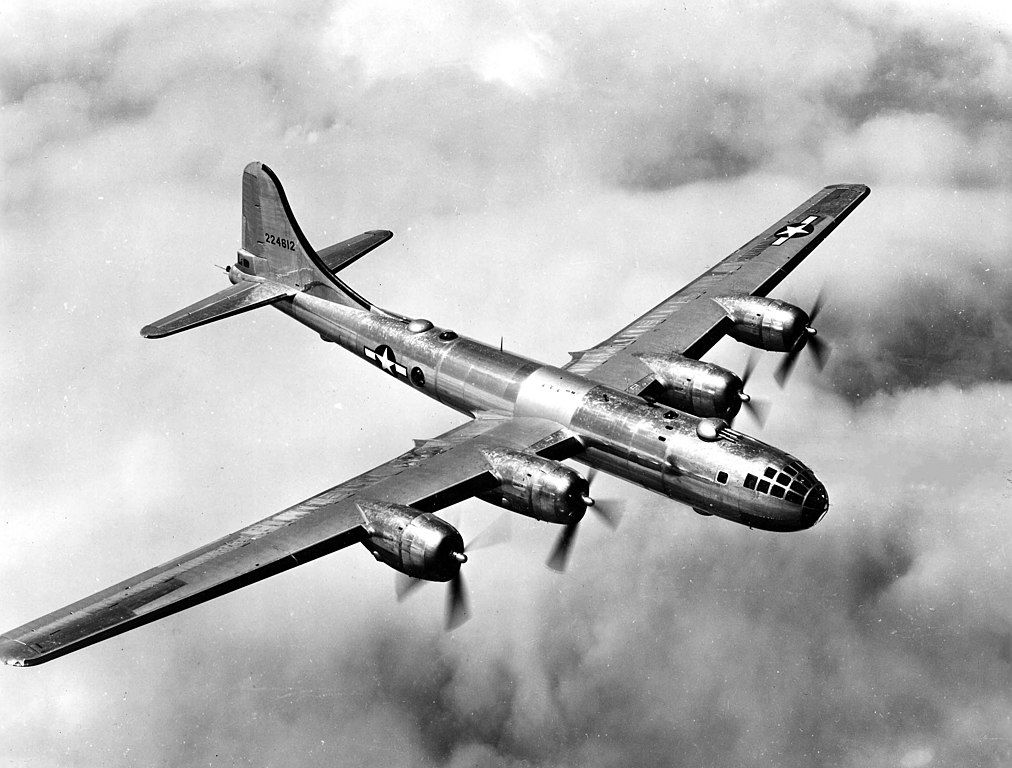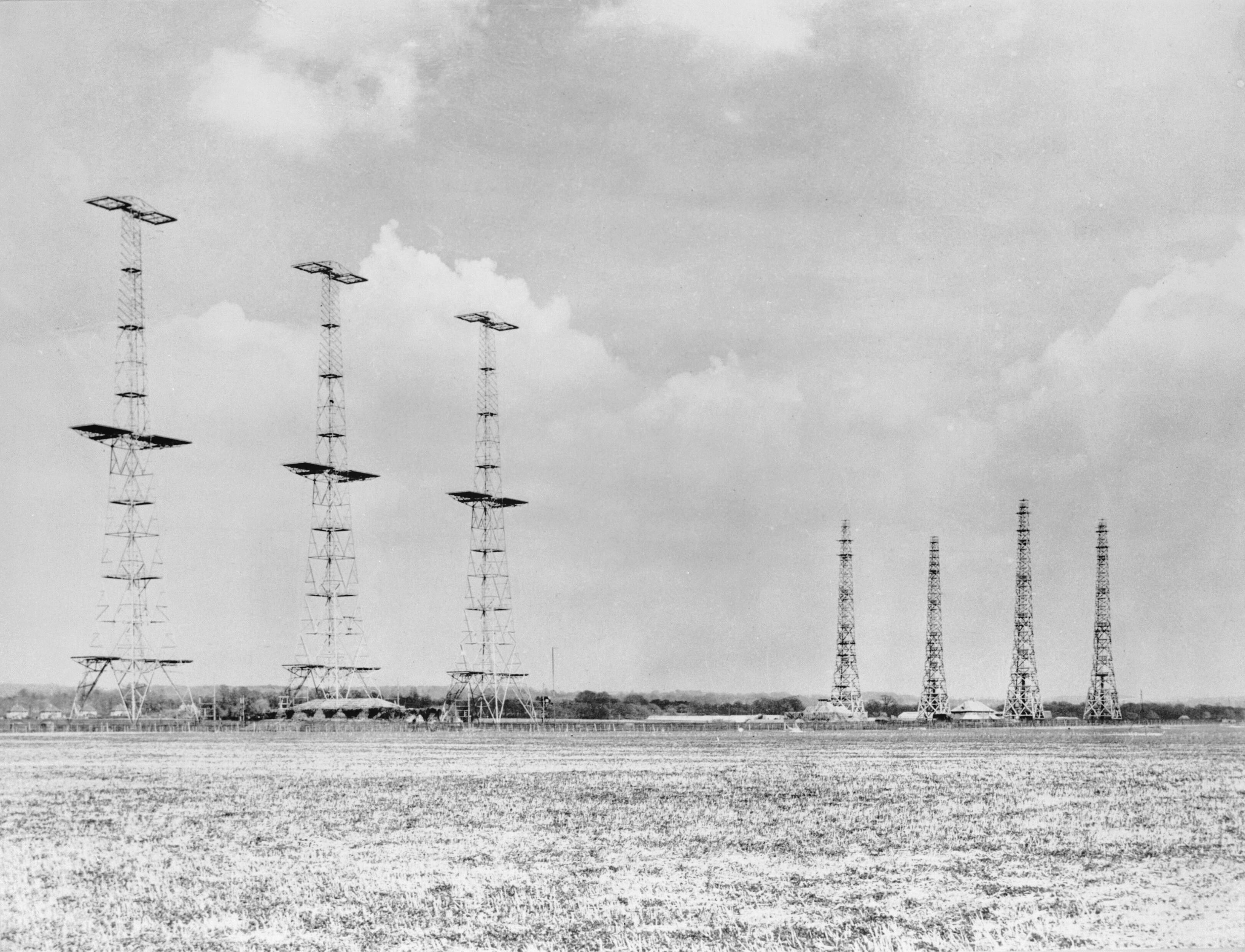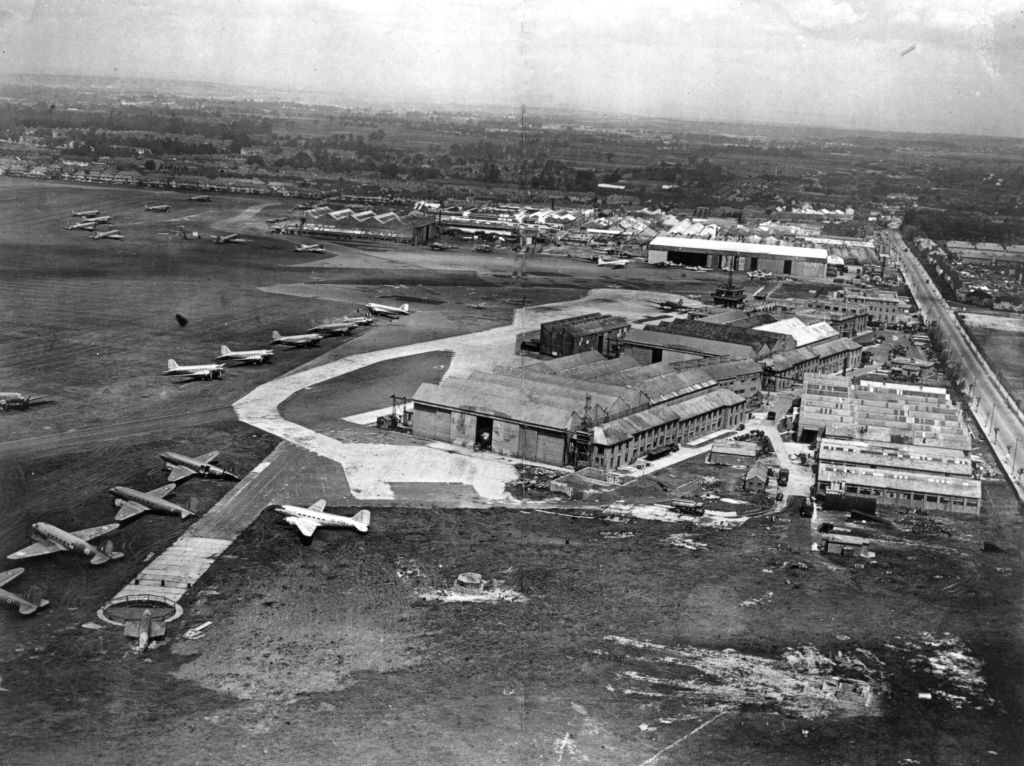Along with the devastation and suffering caused across the globe, the Second World War had a lasting impact on several industries. We take a look at the Second World War and how developments during this time have paved the way for modern aviation.During World War II, aviation became a crucial weapon of modern warfare. From the Battle of Britain to dropping atomic bombs on Japan, much of WWII was fought in the skies. Investment in aircraft technology during this time drove the aviation industry in general forward in leaps and bounds, paving the way for the modern aircraft used in passenger operations today.
When you go home, tell them of us and say: For your tomorrow, we gave our today. – John Maxwell Edmonds
The monoplane
The streamlined cantilevered monoplane design really came into its own during the Second World War. Although some biplanes remained in service throughout the war, the design of new aircraft largely lent towards the clean, unbraced monoplane wing design.
Along with this, the use of lightweight metals such as aluminum alloys accelerated, as did the use of enclosed cockpits and variable pitch propellers. The empennage, or tail, became much more similar to those we’re used to seeing today, and aircraft began to use retractable landing gear and landing flaps, which are essential to modern aircraft.
Designed for WWII, the Spitfire was an incredible development for aviation. Small, light, and maneuverable, this single-seat fighter aircraft spearheaded developments in engine and aerodynamic technologies, much of which has gone on to influence passenger planes in the future.
Jet engines
The German Heinkel He178 departed from Marienehe aerodrome on August 27th, 1939, and became the first jet-powered aircraft. Soon after, the first operational jet fighter in the world was the German Me 262. Capable of some 559 miles per hour, it went into service with the Luftwaffe in 1944. This new technology allowed planes to fly higher and faster than ever before, and paved the way for jet engine developments in passenger aircraft around the world.
However, German and British engine technologies were developing quite differently. The Germans opted for the axial flow jet, where air passes continuously through the engine. The British, in contrast, worked on the development of the centrifugal compressor, where air is pushed outwards to compress it before being returned to the turbine.
Although the centrifugal compressor was more successful during the war, its requirement for a large face area made it unsuitable for widespread rollout due to the drag produced. As such, the German axial flow design is the one that has inspired practically all jet engines today.
Nonetheless, the British Overseas Aircraft Corporation (BOAC) would launch the first-ever commercial jet service on May 2nd, 1952, when the de Havilland DH.106 Comet flew from London to Johannesburg.
Aircraft pressurization
The largest allied bomber of WWII was Boeing's B-29 Superfortress. Responsible for the bombing of Hiroshima and Nagasaki in 1945, this aircraft also has a less dubious claim to fame. It was one of the first times pressurized cabins had been used, which protected crew from subzero temperatures when flying long-range bombing missions, and is something we all rely on today for long-distance, high altitude flying.
Although there had been some experimentation with pressurization prior to WWII, it wasn’t until the demands of war really pushed the boundaries of technology that it came into its own. In 1943, the Lockheed Constellation became the first widespread airliner with a pressurized cabin, followed by aircraft like the DC-6 and DC-7, laying the path for the cabins we fly in today.
Radar revolutions
Radio detection and ranging, commonly known as radar, had a crucial role during the war. As well as developing technology used in aircraft themselves, WWII also saw the widespread use of radar for the first time. Developed in the decade preceding the start of the war, radar allowed British fighters to intercept bombers before they arrived.
During WWII, this technology was further developed for use in aircraft themselves. This allowed RAF pilots to find their enemies, even when they could not be seen. The tech could detect incoming enemy planes at a range of 80 mi (129 km) and helped give early notification of attacks during the Battle of Britain.
Modern radar technology is a world away from these early interactions but nevertheless an essential component in keeping flight safe in the skies. All in all, the global traffic control network is still heavily radar-based.
Stay informed: Sign up for our daily and weekly aviation news digests.
Airfield development
At the start of the war, there were very few airports that could support military operations. Throughout the war, aerodromes were rapidly constructed all over participating nations. Many of these became civil aviation bases after the war, heralding the move from flying boats for long-haul operations to modern land planes.
Despite the devastating destruction and widespread loss of life incurred in WWII, many of the aviation technologies we take for granted today wouldn’t have happened (or would have happened much more slowly) otherwise.
Production scale up
The rise in aircraft production for the war effort allowed for a self-sustaining aviation ecosystem that was backed by an abundance of airfields. Manufacturers turned their attention to the civil market after the war was over, with several military units being converted to passenger and cargo units.
Airline operations
Following the rise of WWII, airlines were mobilized to help out with the war effort. Notably, following the attack on Pearl Harbor, all of the United States' major airlines refocused their operations. Aircraft and personnel from likes of Pan American, United Airlines, and Delta Air Lines made their way to the military realm.
When the war was over, airlines didn't waste time making use of all the new technologies that were now on the scene. The entire commercial market would never be the same, with passenger activity continuing to rise in the next chapter.
Are there any other aviation revolutions brought about by World War II? What do you make of the war's overall impact on the industry? Let us know what you think in the comment section.

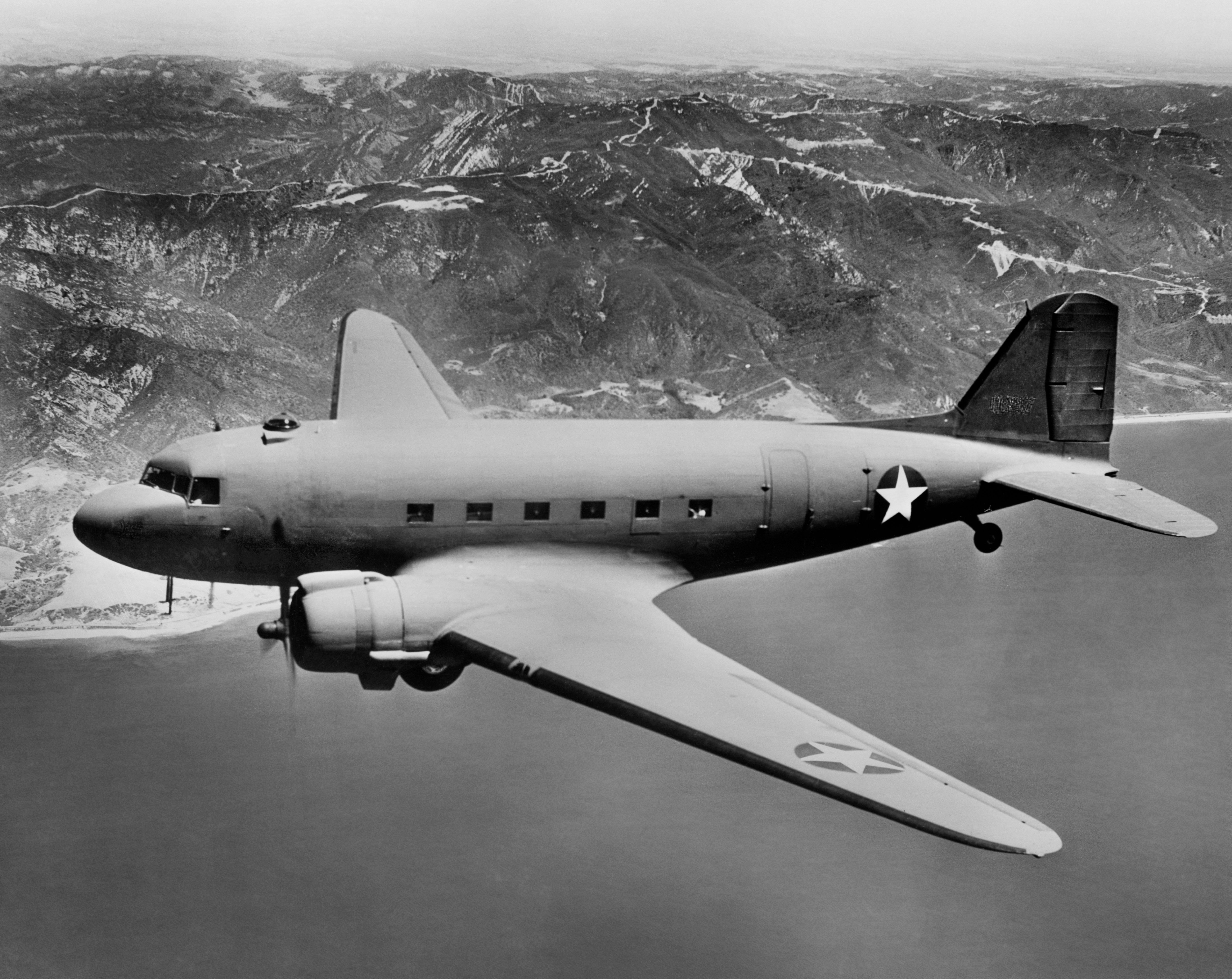
1225.jpeg)
